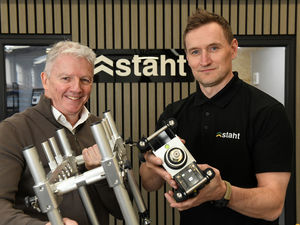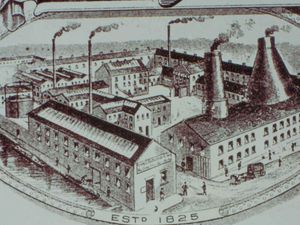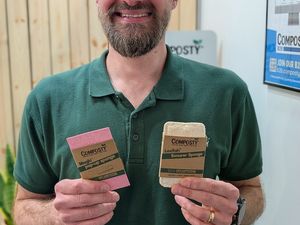Bear-faced history of life in Dudley Zoo ravine
They were once star attractions, delighting young and old alike, but their names had been forgotten – until now.
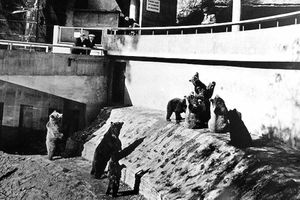
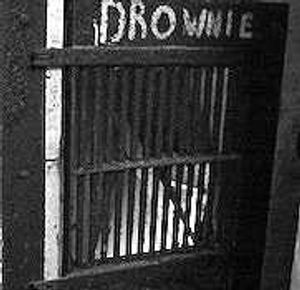

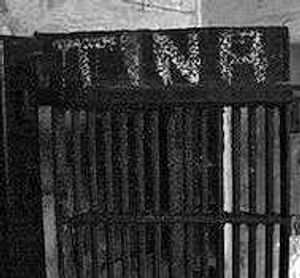
Engineers revamping Dudley Zoo's Bear Ravine were surprised to discover the names of bears formerly housed at the building still painted over their den doors.
The discovery was made as workers began clearing out the den area at the base of the famous Tecton enclosure.
The names of the bears – Tina, Drownie and Mr Tumper – are daubed in paint above the metal den doors. All three would have lived within the enclosure and been a draw for visitors to the attraction.
Workers also discovered a steel-spiked roller used as a security measure on the lower cantilevered platform to prevent the animals reaching visitors.
It is not the first time long-hidden parts of the attraction's long history have been uncovered by an ongoing restoration project.
Construction supervisor Carlo Diponio said the latest find made the history of the building 'come even more alive'.
"The den doors are still in great condition, although the dens themselves are not suitable for modern day animal husbandry," he said. "The roller just needs cleaning up and galvanizing.
"It was a real surprise to discover the names of some of the bears who once lived there still clearly painted on the doors."
Experts at the zoo said it was not known when these particular bears lived at the attraction.
Dr David Beeston, registrar and research co-ordinator at the zoo, said the ravine was last used to house Himalayan brown bears in the late 1970s.
And bosses have confirmed the discovered names will be retained – remaining part of the attraction in future.
Work on the Bear Ravine is being carried out as part of the second phase of a £1.15 million project funded by the Heritage Lottery Fund.
The iconic zoo entrance and the Safari Shop have already been restored to their original state as part of earlier works. Zoo chief executive Peter Suddock said restoration work, currently ahead of schedule, will include adding a toughened piece of glass into the floor so visitors will be able to view the dens underneath.
The steel roller will also be restored to its original position.
Mr Suddock said: "We are hoping to keep an animal species on the lower level, which incorporates the original bear pit, but the dens won't be in use.
"By putting a clear glass panel in the floor of the balcony where visitors will be able to access it will allow them to see the dens below and spot the bear names for themselves."
Previous finds during the restoration include the discovery of an advertisement for Black Country sweet company Teddy Gray's rock.
Workers removing paint on one of the old sweet kiosks made the find.
The advertisement dated back to 1937, when the zoo first opened to the public.
And workers at the Bear Ravine also previously came across an enamel plaque, dating from the 1950s, on the pit wall.
Both the kiosk and Bear Ravine are 1930s Tectons and date back to when the zoo first opened. The zoo has the world's single largest collection of Tecton buildings, 12 listed structures around the site intended for both animal and visitor use. They were built by Berthold Lubetkin's Tecton Group. The ravine is considered by experts to be the most impressive Tecton within the collection, according to bosses at the attraction.
Workers have put up £15,000 of scaffolding around the Bear Ravine structure while work takes place. This includes repairs and matching colours to the original paintwork.
Cleaning of the building is costing £48,000.
Work on the zoo's iconic 'wave' entrance was completed last year following redecoration and the installation of new lighting.
It was restored to its former blue colour and lights were put behind the distinctive lettering to make them stand out.
Share your Dudley Zoo memories and upload your pictures to Star Witness for a chance to win £100!


